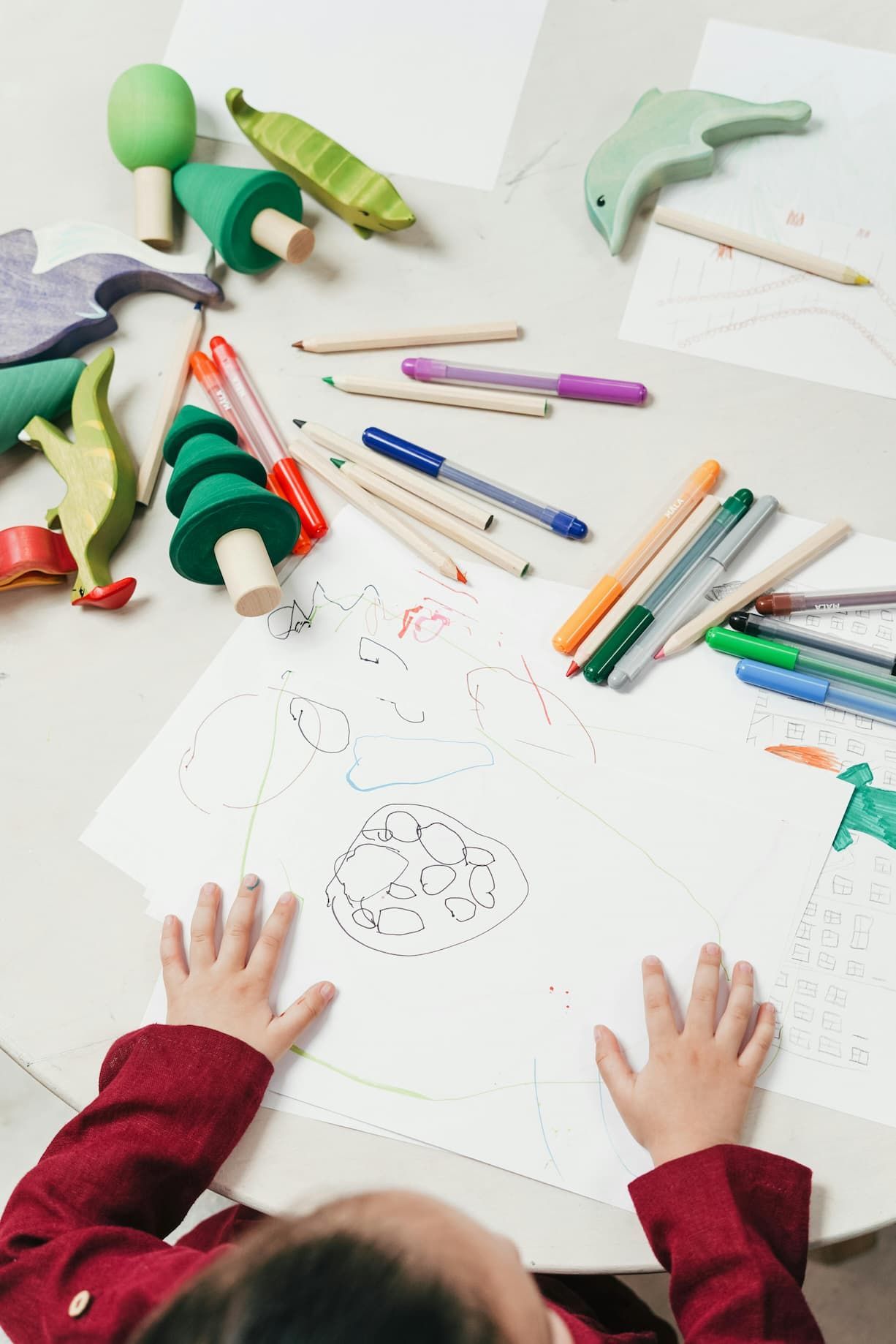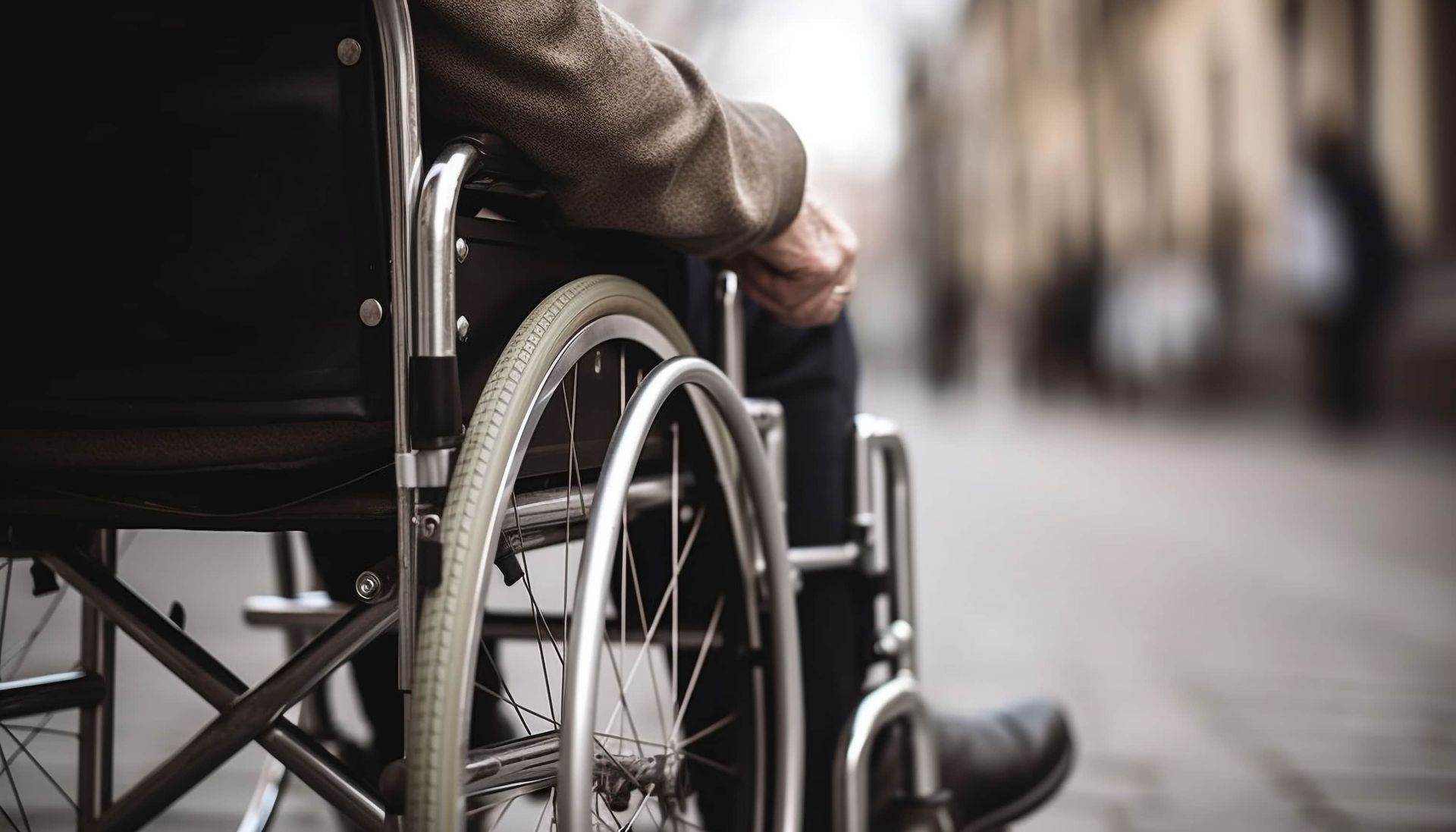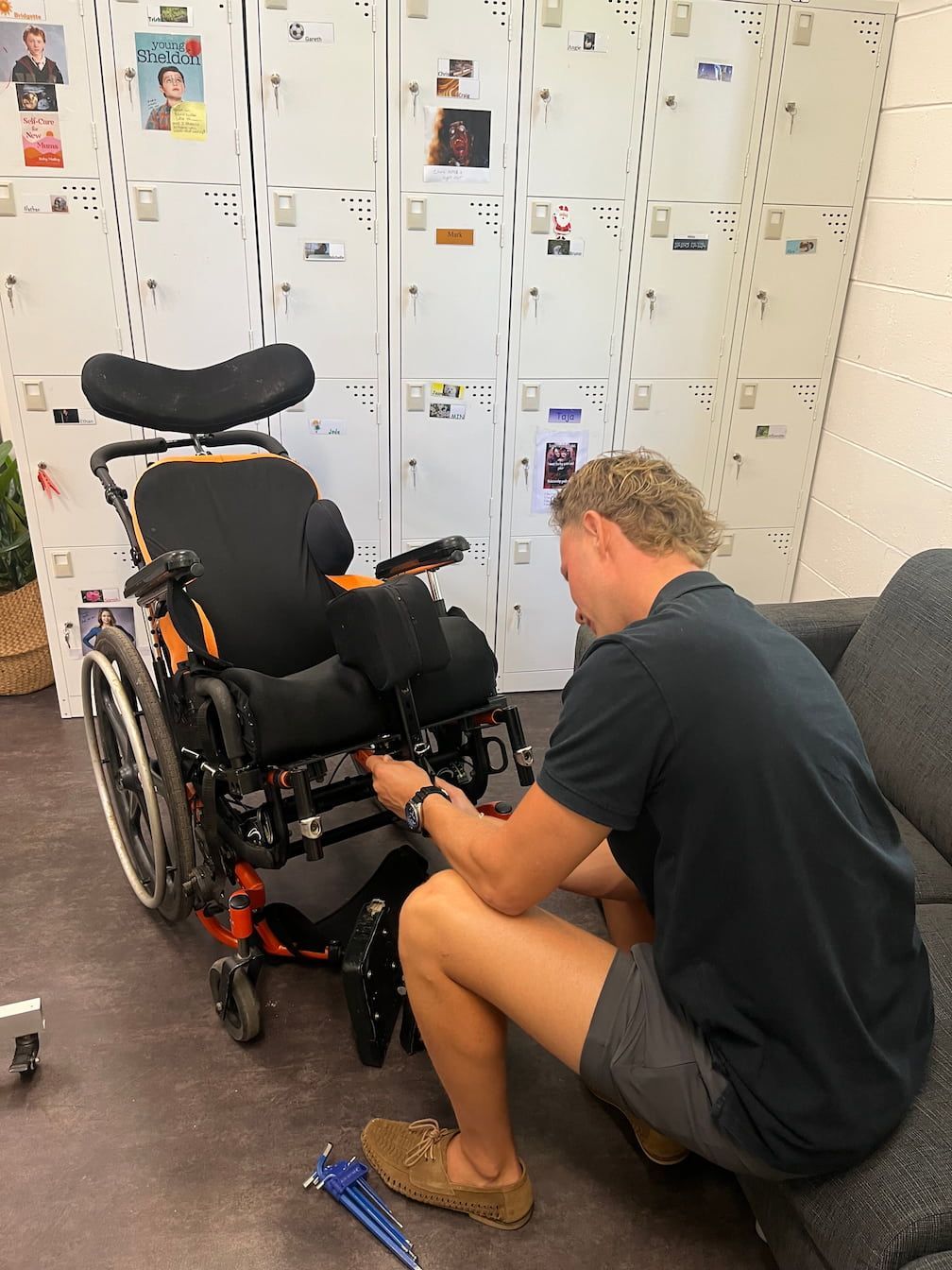The Benefits of Home Modifications
Home modifications play a vital role in enhancing the quality of life for individuals with disabilities. These modifications enable people to live safely and independently within their own homes, reducing the need for costly institutional care or relocation.
This blog explores the different types of home modifications, their benefits, the process involved and how individuals can access them.
Types of Home Modifications
Home modifications come in a variety of forms, depending on the individual's needs. Below are are a few of the more common types:
- Structural Modifications: These involve changing the layout or structure of a home to improve accessibility. This may include widening doorways for wheelchair access, installing ramps or creating open-plan living spaces to make moving around easier.
- Bathroom Modifications: These modifications include installing grab rails, non-slip flooring, walk-in showers or bath chairs to ensure safe usage of the bathroom. Toilets may also be raised or a bidet may be added for improved hygiene.
- Kitchen Modifications: Kitchen modifications focus on enabling easier access to cooking areas. This can include lowering countertops, installing pull-out shelves, or using appliances with easy-to-reach controls.
- Lighting Adjustments: Proper lighting can improve safety for people with visual impairments. Modifications may include adding more light fixtures, improving natural lighting or installing motion-sensor lights.
- Entrance & Pathway Modifications: Creating safe pathways from the home to the garden or driveway by installing ramps, rails or non-slip surfaces enhances accessibility.
- Assistive Technology: Incorporating smart home technologies, such as voice-activated systems or automated lighting, can further enhance convenience and independence.
The Benefits of Modifications
Home modifications offer numerous benefits that go beyond physical accessibility. Some key advantages include:
- Increased Independence: By modifying the home to suit the needs of the individual, they can continue performing daily tasks such as cooking, bathing and cleaning with minimal or no assistance.
- Improved Safety: Many home modifications, such as adding grab rails or non-slip flooring, significantly reduce the risk of falls and other injuries.
- Enhanced Quality of Life: A well-adapted home fosters a sense of control and independence. It allows individuals to stay in familiar surroundings while maintaining a comfortable lifestyle.
- Prevention of Hospitalisation: By reducing the risk of falls and accidents, home modifications can prevent hospitalisations, which can be costly and disruptive to the individual and their family.
- Cost-Effective Long-Term: While home modifications may require an upfront investment, they often prove to be more cost-effective in the long run compared to alternative care arrangements such as assisted living facilities.
The Importance of Home Modifications
The importance of home modifications cannot be overstated, particularly for those with physical limitations. They allow individuals to remain in their homes for longer, which is often emotionally beneficial. These changes can also reduce the burden on caregivers by providing an environment where the individual can engage in daily tasks with greater ease.
For individuals with disabilities, modifications enable them to live with dignity and autonomy. In both cases, home modifications help reduce reliance on external support, empowering individuals to maintain control over their environment and lifestyle.
The Home Modification Process
The process of modifying a home is typically collaborative, involving a range of professionals to ensure the modifications are appropriate, safe and meet the needs of the individual. Below is an overview of the steps involved:
- Initial Assessment: A comprehensive evaluation of the individual's current living situation is the first step. Occupational therapists often conduct these assessments to identify problem areas and determine which modifications would benefit the individual. The assessment may include a review of mobility, strength, balance and daily activities.
- Developing a Plan: After the initial assessment, a plan is developed, detailing the recommended modifications. This plan is created in consultation with the individual, their family and any other relevant professionals, ensuring it aligns with the individual's goals and needs.
- Engaging Contractors: Licensed builders and tradespeople are then engaged to carry out the modifications. Depending on the scale of the work, this could involve anything from simple installations (like grab rails) to more significant renovations (such as widening doorways or installing ramps).
- Installation and Follow-Up: Once the modifications are installed, follow-up assessments may be conducted by the occupational therapist to ensure the changes are working as intended and that the individual is comfortable with the new layout. Any necessary adjustments can be made at this stage.
Who is Involved in the Home Modification Process?
Several professionals and parties may be involved in the home modification process:
- Occupational Therapists: These health professionals assess the individual's needs and make recommendations based on their functional abilities and the environment they live in.
- Builders and Contractors: Licensed professionals are required to carry out the actual modifications, ensuring they meet building codes and safety regulations.
- Caregivers & Family Members: Those closest to the individual play a crucial role in offering input and support throughout the modification process.
- Funding Agencies: In many cases, government bodies or insurance providers may offer funding for home modifications, particularly if the individual has a disability or is ageing in place.
How To Get Home Modifications Completed
There are several ways to access home modifications, depending on the individual's circumstances:
- Government Programs: In Australia, the National Disability Insurance Scheme (NDIS) provides funding for home modifications for eligible individuals with disabilities. Similarly, older Australians may be able to access the Commonwealth Home Support Programme (CHSP) for assistance with modifications.
- Private Funding: Some individuals may choose to pay for modifications out of pocket or through private health insurance.
- Non-Profit Organisations: In some cases, non-profits offer support for home modifications, especially for those in financial need.
To begin the process, individuals should contact their occupational therapist or healthcare provider for an assessment. They can then work with relevant professionals and organisations to implement the required changes.
Conclusion
Home modifications are an essential component of maintaining independence and safety for people with disabilities. These changes make homes more accessible, safer and more comfortable, allowing individuals to remain in their own homes for longer while reducing the risk of injury. By working with professionals, such as occupational therapists and builders, and leveraging available funding sources, individuals can make their homes truly work for them.
For anyone considering
home modifications, get in touch with the occupational therapists at Life Solutions OT on the Gold Coast.
Written By Alex Kiosses
Alex is a driven and dedicated OT with a diverse skill set acquired through a broad range of experience working within the community. His passion lies in assisting individuals by enhancing their access to environments, allowing them to enjoy the things they love and find important.
Site Links
Service Areas
Services
Open Hours
- Monday
- -
- Tuesday
- -
- Wednesday
- -
- Thursday
- -
- Friday
- -
- Saturday
- Closed
- Sunday
- Closed










